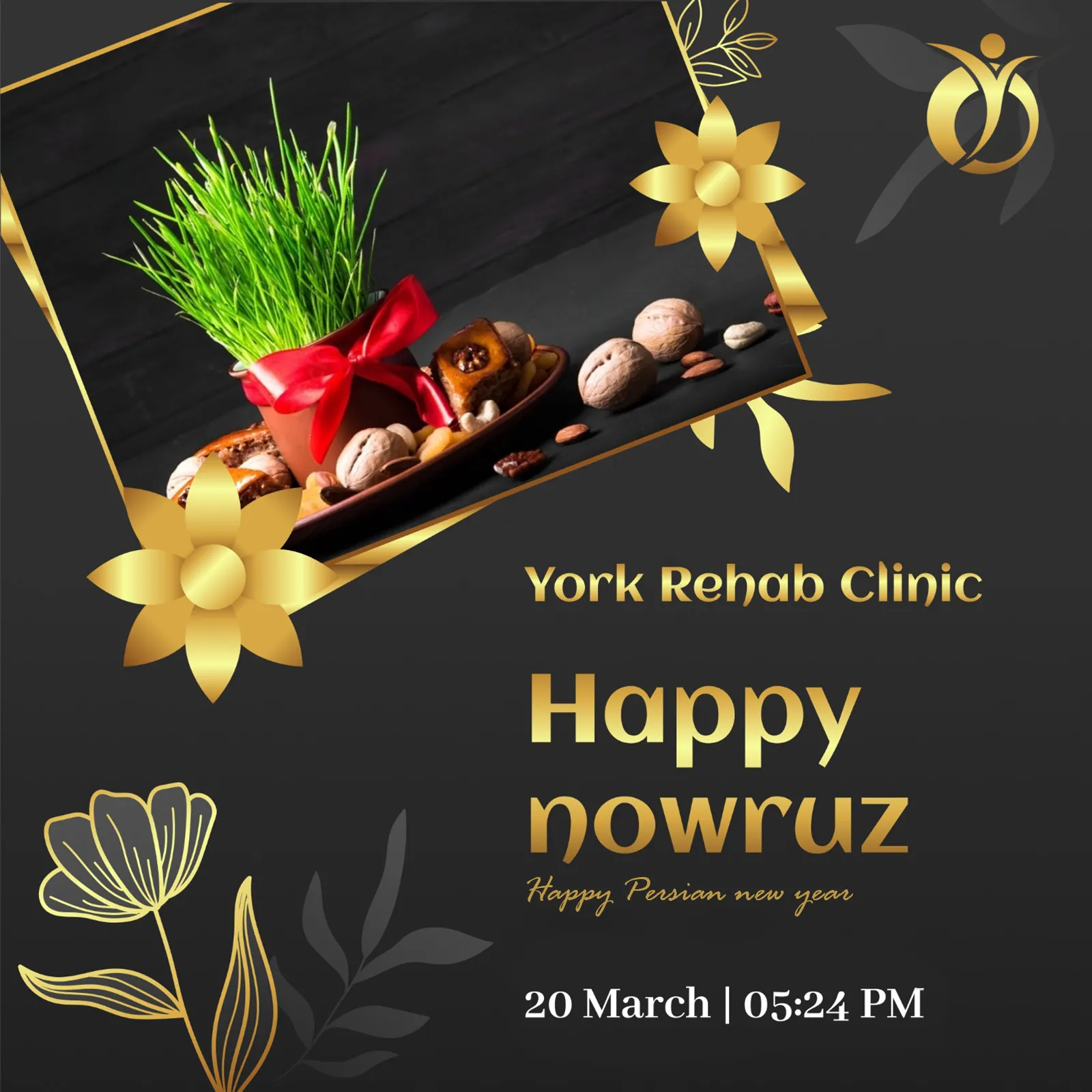25% off valentine’s day for specialist treatments
Book your initial visit online and enjoy 25% off on our expert osteopathic, physiotherapy, and acupuncture services.
July 30, 2023, 3 min read, Other

130 years after the founding of the American School of Osteopathy, Andrew Taylor Stills’s contribution is keeping osteopathic research and practice alive.
We can only admire the impulse and dedication that led to the creation of the first osteopathic institution in 1892.
We still stand in awe considering what enabled Still – against all odds and quite some resistance – to kick start the “American School of Osteopathy” (ASO).
Still alive!
He is still alive in us and his act of creation is still inspiring the current generation of practitioners and researches.
The ASO is now the Andrew Taylor Still University. And there are numerous university-style approaches all over the osteopathic landscape, often as small circles and local workgroups inspired by osteopaths still dedicated to Stills insights.
Still himself was a typical American: resilient and innovative, open to learning through experience and God-loving.
He did not preach to bow before him, but to bow before the divine order of the natural world.
We are not tinkering with Gods plan nor pretending to be better creators. We study and aline ourselves with the divine remedies.
It was Sutherland who stated: Osteopaths are not tinkers, they are thinkers. Developing an alliance with the inherent harmony of the self-healing mechanisms of the body is the basis of medicine.
Is there a better way to honor Sills start-up and his covenant with Gods pharmacy than to keep developing osteopathic teaching and research?
The following text outlines recent strains in osteopathic research and teaching, following in the footsteps of Stills initial creation of Osteopathy.
1. From function to activity, thus from somatic function/dysfunction to the diagnosis and treatment of states of tissue activity: resting activity, hyper- and hypo activity.
2. From a focus on the neuro-vascular environment to a focus on the inner architecture and intrinsic regulation of tissue: muscle, mucosa, vessel, nerve, fascia or whole organs.
3. From emphasizing motion to valuing stability as a prerequisite for movement. This opens the door to an unrestricted appreciation of all aspects of biomechanics, i.e. bio-dynamics and bio-stability.
4. From obstacles and tension as hindrance to an understanding of the developmental importance of resistance and the clinical relevance of instability.
5. From a focus on spatial movement to an interest in elasticity and intra-organic changes in volume and shape. This comes with the transition from a one-handed to a two-handed three-dimensional palpation.
6. From the principle of self-healing to the insight into the presence of self-destruction in splitting; psychological and social splitting creates a real obstacle to healing.
7. From the idea of wholeness as connectedness to the embodiment of autonomy in relationship and the physiology of embeddedness.
8. From a therapist-centered event-medicine to the covenant with the tissue in the therapeutic process; from manipulating impulses by „know-it-all“ therapists to the development of an alliance with the tissues and organs.
9. From rumbling between borderless subculture and positivistic rigidity to the balance of an applied science of embodiment and medicine – this is the mission of an osteopathic university.
For the full article (expanding on all 9 points) send an email or wait for the next post: peter.levin@levin-hamburg.de
Book your initial visit online and enjoy 25% off on our expert osteopathic, physiotherapy, and acupuncture services.
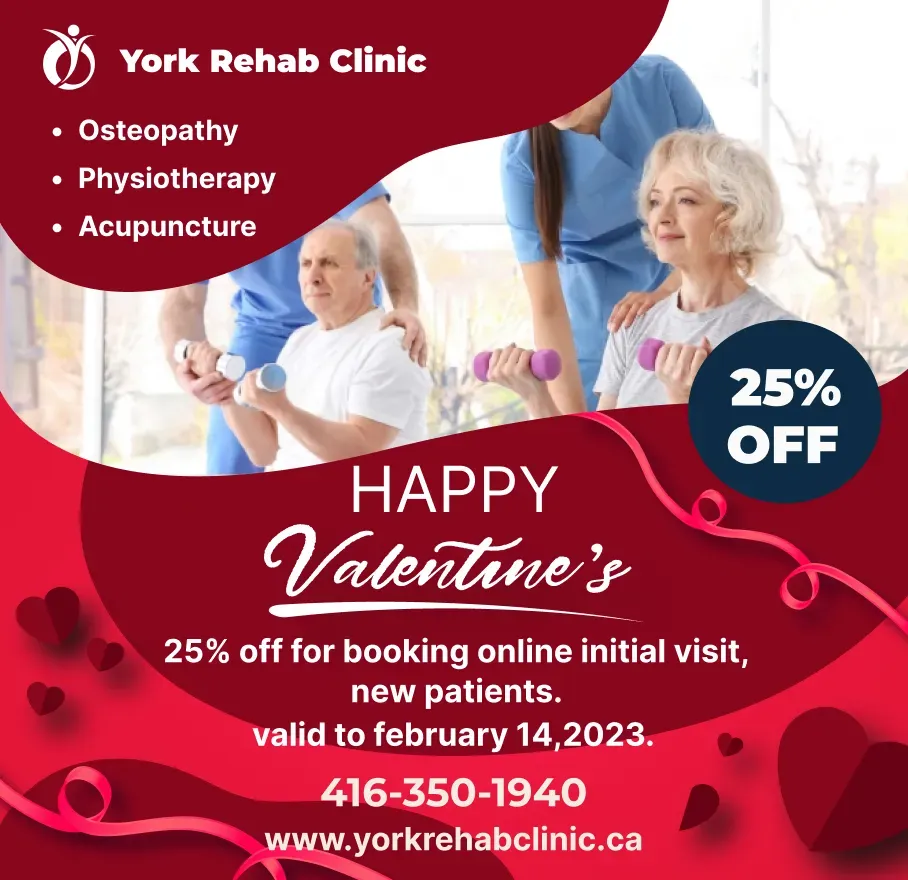
Knee injuries are particularly common among athletes. In 2010, more than 10 million people visited a doctor because of pain or a knee injury.
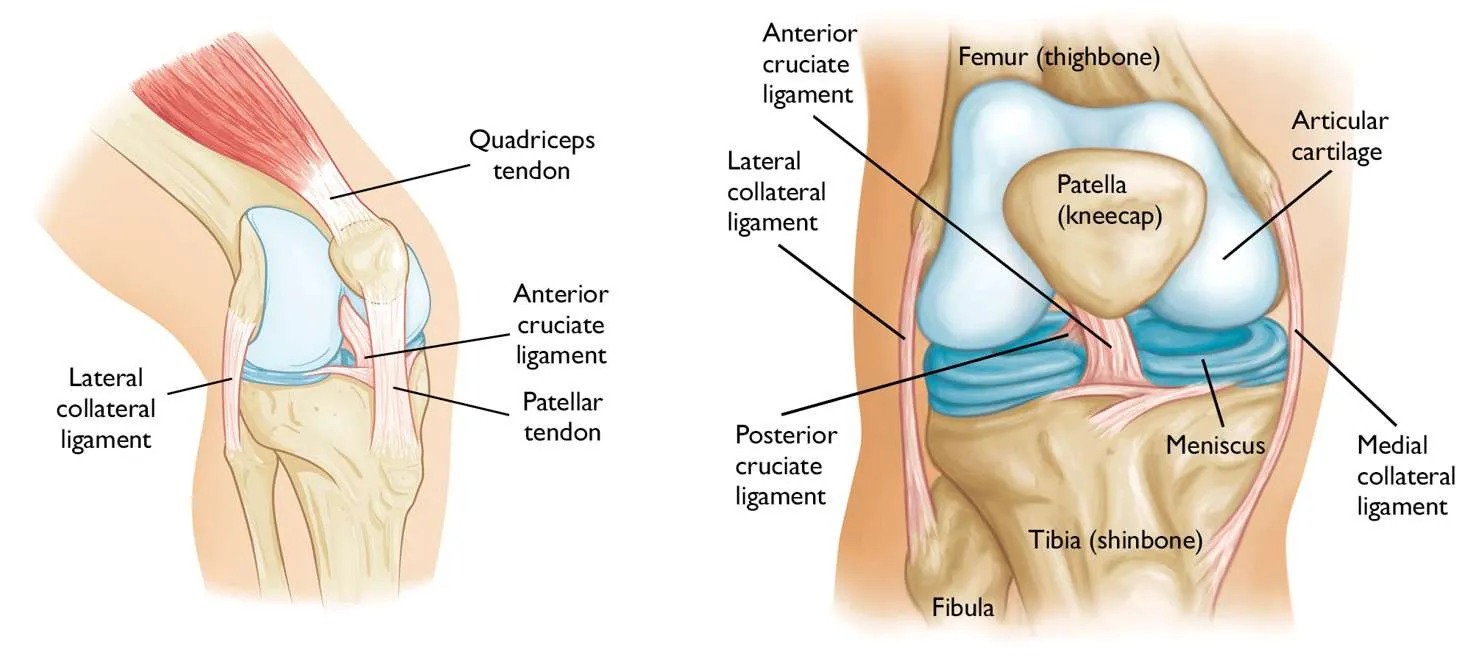
When your feet are in pain it can have a pretty nasty effect on your everyday life.
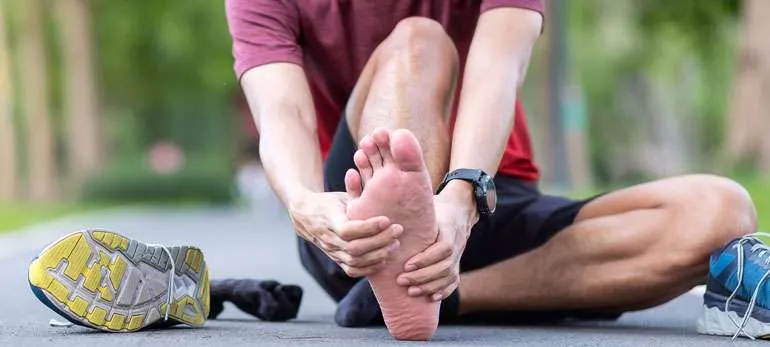
A healthy neck has a “C” curve (lordosis) when you see it from the side and the curve rolls forward from the bottom of the cervical spine and curves back again halfway up to the head. the healthy neck has approximately 30 to 40 degrees of the curve.
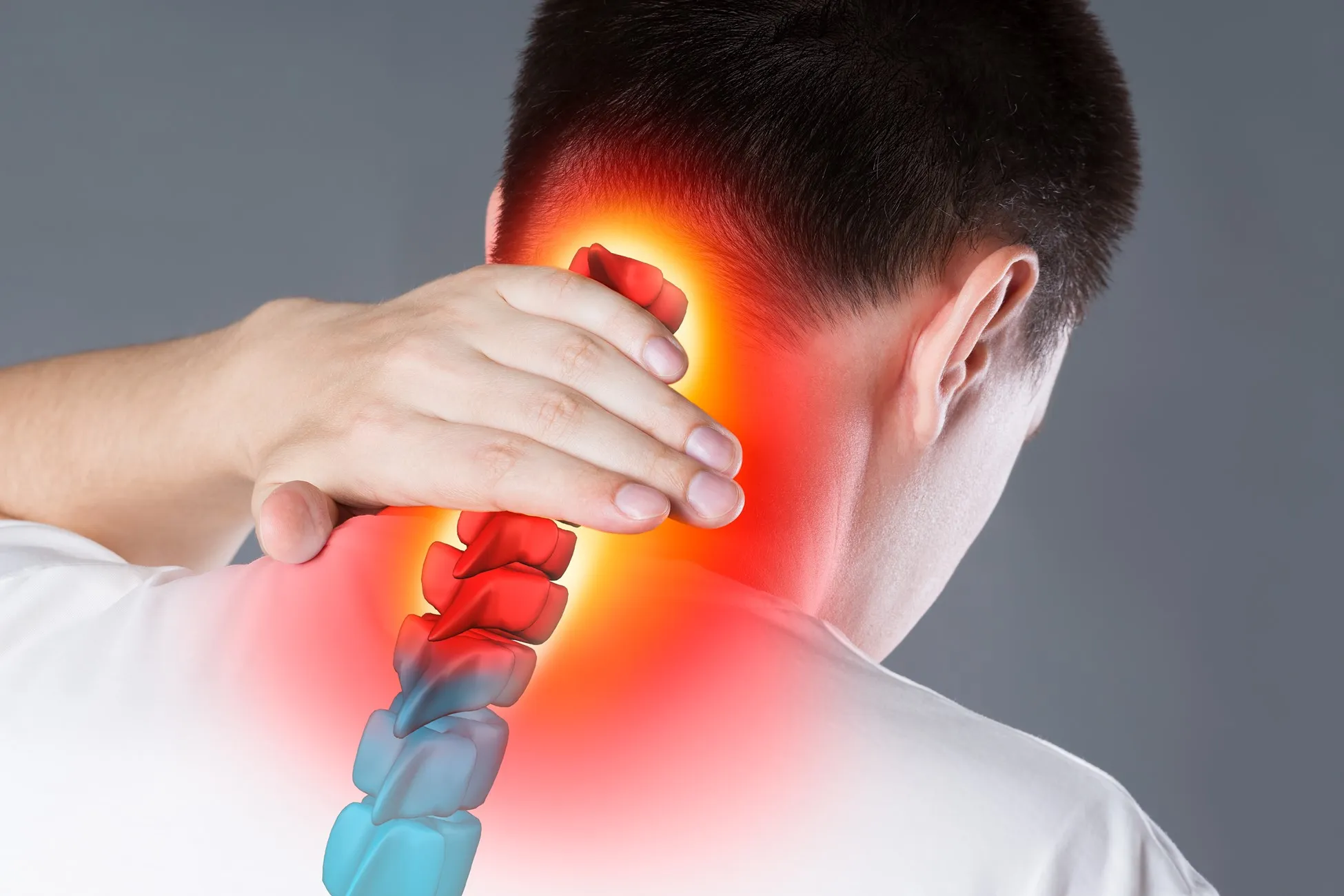
Thoracic outlet syndrome (TOS) is a group of disorders that occur when blood vessels or nerves in the space between your clavicle and your first rib (thoracic outlet) are compressed.
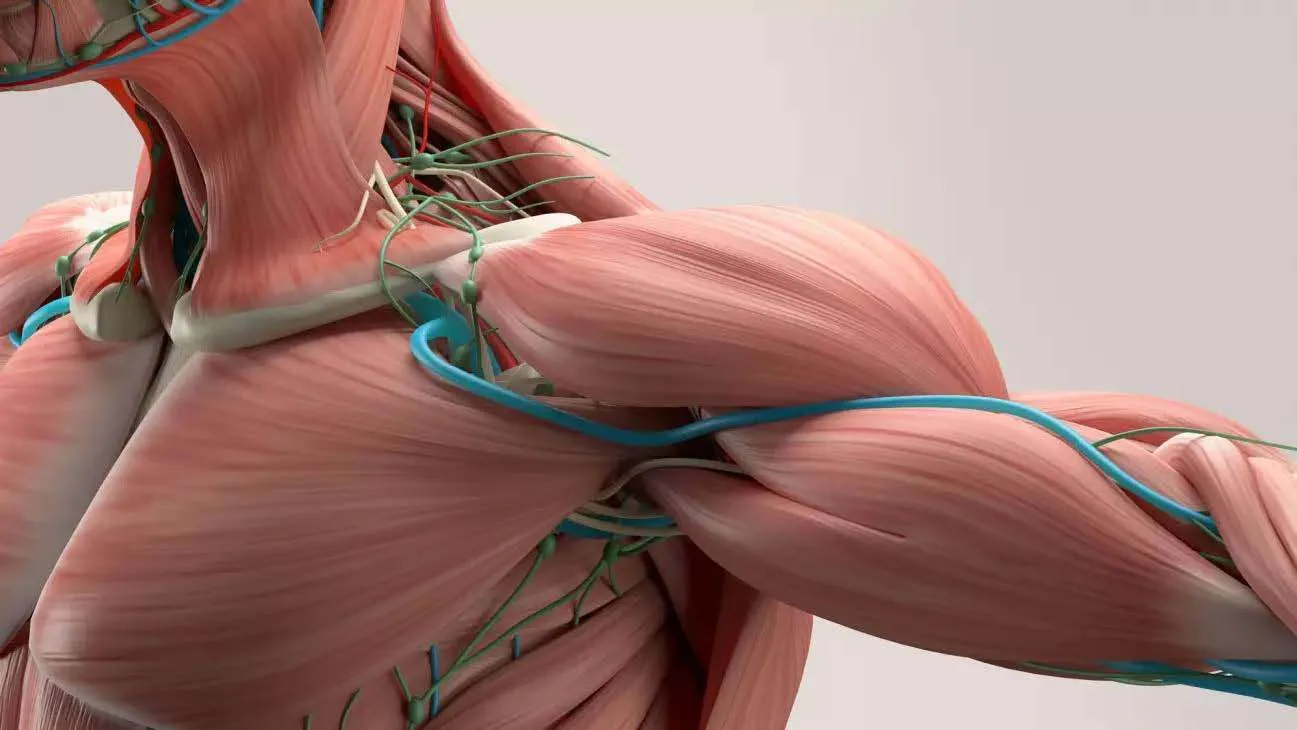
Whiplash is a neck injury caused by a sudden and violent movement of the head in one direction and then quickly back again, usually during a car accident.
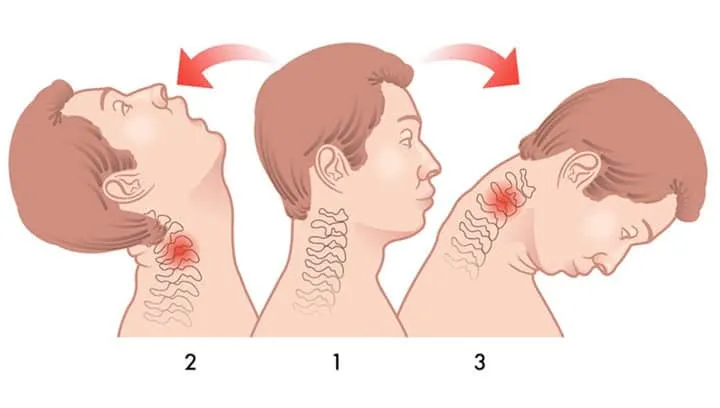
As the cold season rolls around, so do it’s many changes in atmosphere and overall energy.
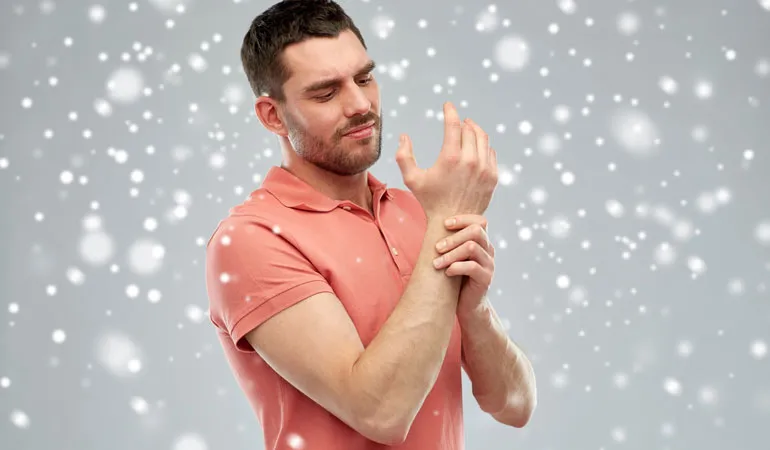
Happy Nowruz from all of us at York Rehab Clinic!🎉
